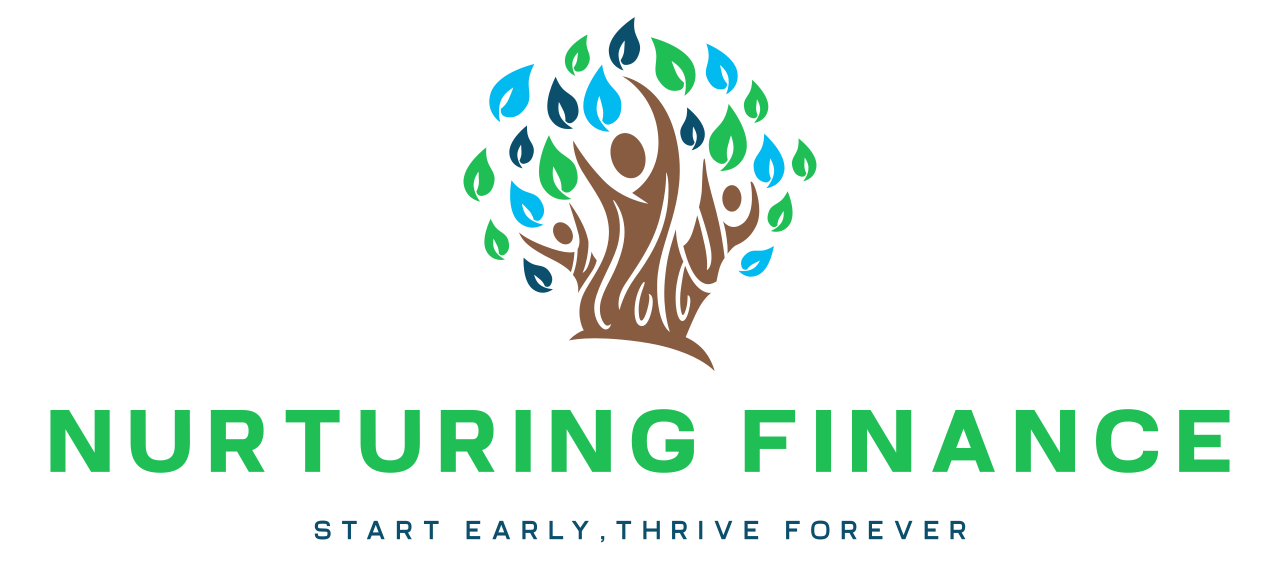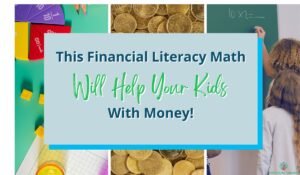Our family remembers the day we strolled into the grocery store and spotted our children counting apples with bright smiles. They were excited to find numbers in the middle of everyday shopping. This place holds a wealth of math skills, from tallying items in the cart to estimating the cost of each purchase.
Our routine grocery shopping became a chance to practice subtraction when we removed products from the list. We tracked our budget to see how money adds up in real time. Educators remind us that when kids see math happen naturally, they gain confidence in a way worksheets can’t match.
Key Takeaways
- Counting items shows kids the fun in grocery store math
- Removing products builds subtraction skills
- Tracking a budget grows real-world problem-solving
- Estimating prices turns each purchase into a lesson
- Daily tasks spark kids’ interest in using math skills
How to Teach Kids Math at the Grocery Store
Show your kids that math can happen anywhere. A simple trip to the supermarket is a great place to learn. We pick a brand at Kroger or another store and talk about unit prices.
This sparks curiosity and shows math is useful. It helps us make smart shopping choices.
Making Every Aisle a Chance to Practice Counting
Stop at each aisle and count items in our cart. Kids learn to figure out totals by comparing shelves or doing math. It boosts their confidence.
They also get excited about planning within a budget. This small step makes them look forward to planning at home.
Weighing Produce and Practicing Measurement Skills
In the produce section, kids can sort fruits and veggies by color or size. They can learn to weigh each item on a scale. This teaches them about measurement.
They also can figure out the cost based on weight, improving their logical thinking. These moments make math fun and interactive for everyone.
Turning Shopping Time into a Real-Life Math Lesson
Finding new ways to link math to our everyday lives. Shopping becomes a math lesson when you count items or compare prices. Choosing cookies can lead to talks about finding the best deal, teaching kids to make smart choices.
By asking questions, we help kids practice multiplication or understand unit prices. This makes shopping feel like a classroom, giving them real-life math experiences. Discussions about buying in bulk or product bundles teach them to save money and plan ahead.
At the checkout, talk about adding up the cost of our purchases. Think of this way of teaching math to boosts kids’ confidence and makes them eager to learn. Every trip to the store becomes a fun math lesson that lasts long after you leave.
Simple Addition and Subtraction with Your Cart
Shopping can be a fun way to practice math. A trip to the grocery store can turn into a math adventure. When you find a coupons, let it add excitement to our shopping.
The shopping list becomes a game. It teaches kids to measure and check the cost of items. This makes learning math fun and easy.
You might ask your child to solve simple math problems. They can guess the total cost before we pay. This makes math a part of everyday life, like in school or on digital tools like google slides.
Seeing the discount at checkout is thrilling. It shows how our math skills match the real numbers.
Adding Items for an Accurate Total
Your cart grows with each item you add. Keep track of everything, using math skills from school. Counting each item helps kids learn addition.
They see how numbers add up as we follow our list. It’s a hands-on way to learn math.
Making Change and Building Life Skills
At the register, subtraction comes alive. Kids see the change and check if it’s right. They learn the importance of planning and using coupons.
This builds their confidence and teaches them about money. It’s a valuable lesson for life.
| Item | Price | Discount | Final Cost |
|---|---|---|---|
| Kellogg’s Cereal | $3.50 | 10% | $3.15 |
| Tide Detergent | $5.00 | $1 Coupon | $4.00 |
Encouraging Multiplication and Division While You’re Shopping
Learning happens all around us, even when we’re shopping. Use each aisle as a chance for hands-on learning. For example, we look at snack packs and figure out how many servings are in one box. This simple task teaches them about multiplication.
It shows them that math is more than just adding and subtracting. Also compare prices by looking at the cost per ounce. This makes math fun and easy to understand.
While shopping for cereal, we make math fun with mini-challenges. Use a price list to find the best deal. Kids learn about the difference between single boxes and family packs. This boosts their confidence in math.
Also show them how coupons can save money. This teaches them that every penny saved matters. Do simple math together to see how it works.
After shopping, ask your kids to share what they learned. They will feel proud to share their insights. This pride helps them see math in a positive light.
They become more confident in using math in everyday life. They learn to estimate costs and measure portions. Every shopping trip becomes a chance to learn and discover new things.
Incorporating Estimation and Budgeting Strategies
Math can be more fun when it’s part of our daily lives. It’s like shopping with a goal, where kids learn to guess the total cost of what they want. For example, comparing the price of tomatoes by the pound teaches them about decimals and finding the best deal.
This way, learning math becomes a part of everyday tasks. It’s a fun way to make math a part of our daily lives.
Using Coupons to Compare Discounts
Always have coupons ready to see if you can save money. Kids learn to do simple math to figure out if a coupon is better than a store sale. They see that sometimes, the biggest offer isn’t always the best.
By adding up small amounts, they learn the value of careful spending. This helps them develop good habits for managing money.
Tracking Purchases to Reinforce Budget Management
Keep track of every item’s price and how much we have left in our budget. This teaches kids to think about their spending. It shows them that sticking to a budget builds confidence, even when they find unexpected deals.
Checking the receipts at home helps them remember the lesson. It shows how math applies to real-life family spending.
Here is a simple glance at how coupons or discounts can influence final totals:
Fun and Effective Ways to Engage Kids with Real-Life Math
Make every trip a learning journey. Our kids learn math by helping with shopping. It’s fun for them to figure out prices.
Let them practice reading by guessing prices before we show them. This makes learning a natural part of life.
Playing Price Guessing Games
Pick a few items and guess their prices. If you buy more, they can learn about multiplication. They can also practice addition and subtraction with cereal boxes.
This boosts their confidence and shows how math is part of daily life.
Sorting Groceries by Size and Weight
Give them different products to sort. They learn problem solving by handling real items. This makes math exciting and connects them to numbers.
Conclusion
Every trip to Walmart is a chance to boost math confidence. Buying groceries lets kids practice counting, like counting apples or coins. They learn simple addition when comparing prices and picking items.
Age-appropriate tasks, like weighing a potato, teach them about cost per pound. These small steps show how math is part of everyday life.
You can see new skills growing as kids explore grocery math. Our job is to keep them curious and engaged. Whether they’re picking fruit or counting change, these moments spark wonder.
How to teach kids math at the grocery store FAQ
How can I use the grocery store to teach my kids math skills?
Using the grocery store is an excellent way to teach kids math skills in a real-life context. You can incorporate various mathematical concepts such as addition and subtraction when adding up prices or subtraction when calculating discounts. Involve your child by asking them to help create a shopping list and then have them count the items as you shop. This hands-on approach not only makes learning fun but also reinforces the importance of math skills in daily life.
What types of math activities can I do while grocery shopping?
While grocery shopping, you can engage in activities like comparing prices of similar products to determine which has the best value. Ask your child to estimate the total cost of the items in your cart and then calculate it at the checkout. You can also practice measurement by discussing the weight or volume of vegetable purchases, such as how many ounces are in a pound. This way, math becomes an integral part of the shopping experience.
How can I teach my child to compare prices at the grocery store?
To teach your child how to compare prices, start by selecting two similar items and discussing their unit price. Explain how to find the best value for money by dividing the price by the quantity. This activity can turn into a fun challenge where your child tries to save money by finding items that are cheaper per unit. This critical thinking exercise enhances their ability to make informed purchasing decisions while reinforcing their math skills.
What is a good way to introduce subtraction at the grocery store?
Introduce subtraction by using real-life scenarios. For example, if you have a set budget for your grocery shopping, ask your child how much money will be left after making a purchase. This practical application of subtraction helps them understand how to manage a budget effectively, giving them a valuable life skill.
Can I incorporate coupons into teaching math?
Absolutely


